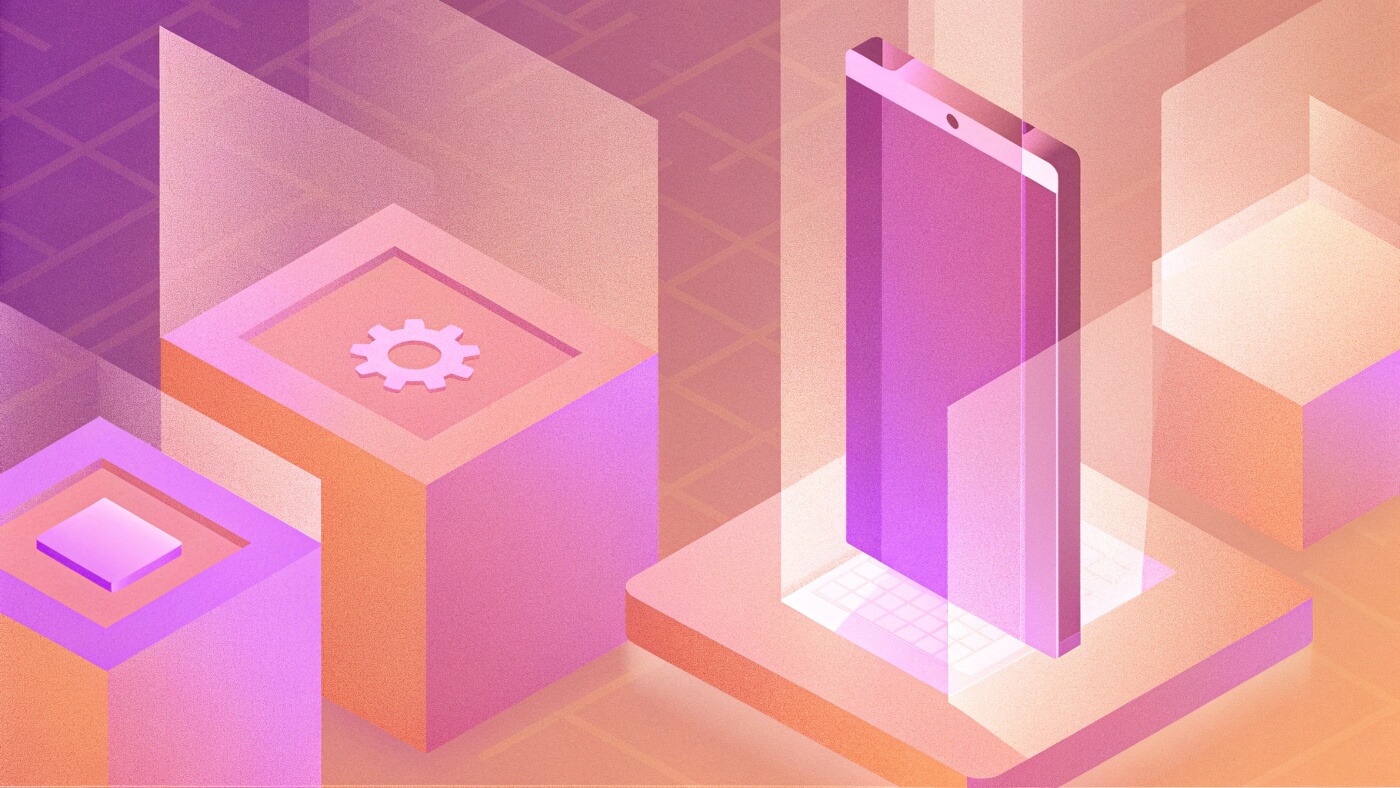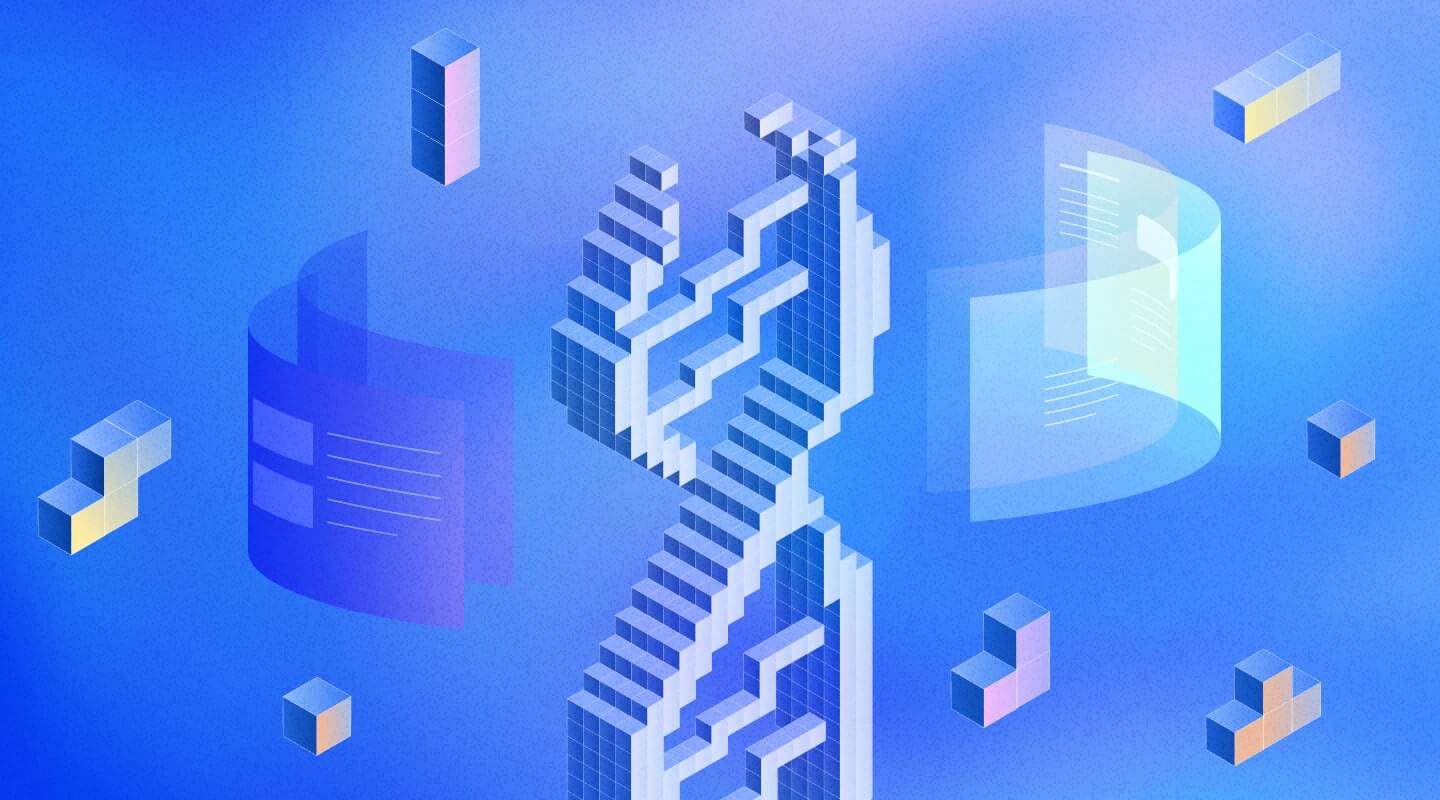
What Are AI Agents: All Whys and Hows
In today’s rapidly evolving tech landscape, terms like “AI agents”, “autonomous AI agents”, and “AI-powered agents”are increasingly common. But what exactly do they mean? This article explains what are AI agents, how they work, their business applications, types, benefits, and what the future (in 2025 and beyond) may bring.
What is an AI Agent?
At its core, an AI agent can be described as a software system (or a component thereof) that autonomously performs tasks or makes decisions on behalf of a user or system, often interacting with its environment, leveraging knowledge, planning actions, and executing them.
Agents in AI are more than just passive tools as they combine perception (of environment or user input), decision making (planning or reasoning), and action (execution), often with some degree of autonomy.
Key characteristics of AI Agents
- Goal-directed: They are tasked with achieving some goal or set of goals.
- Autonomy: They don’t require continuous human input for every step - they can make decisions themselves.
- Reasoning/planning: They may decompose tasks into sub-tasks, plan actions, reflect and adapt.
- Memory or statefulness: They may keep track of context across tasks or over time.
- Interaction with external environment: They might use tools, access data, call APIs, or act in a physical or digital environment.
The distinction between a simple “AI model” (e.g., a classification neural network) and an “AI agent” is that the latter is orchestrated to perform tasks, act, and execute workflows, not just produce a static output.
In other words: while you might prompt a model (“what’s the weather in Istanbul?”), an agent might coordinate multiple steps (check weather, suggest when to go, book a trip, set alarms) with minimal supervision.
How AI Agents work
Here are the major components and stages.
Input, Perception & Goal Initialization
- The agent receives a goal (either from a user or system) and has access to tools or “environment” (data, APIs, external systems). For example, IBM’s description: “Given the user’s goals and the agent’s available tools, the agent then performs task decomposition”.
- It perceives its inputs: user instructions, environment data, or feedback from previous actions.
Planning & Decision Making
- The agent may decompose the goal into subtasks, sequence them, choose actions. (Planning)
- It uses reasoning: e.g., evaluating possible actions or tool calls, perhaps using a large language model (LLM) or other AI models.
- It may incorporate feedback or memory: adjust its plan over time, refine.
Execution & Action
- The agent calls tools, sends API requests, performs tasks, interacts with external systems, or even triggers physical actuators (in robotics).
- It may monitor results, check if the desired outcome is achieved. If not, it may loop back.
Adaptation & Memory
- The agent can store “memory” or context: what it has done, what succeeded/failed.
- It can learn (or adapt) over time: refine strategies, choose different actions, dynamically adjust.
- Some definitions emphasise that agents have more than just one prompt-response; they operate over a session or across tasks.
Benefits of AI Agents
Deploying AI agents brings quite a few benefits for organizations and individuals alike. Some of the key reasons to choose one are:
- Agents can carry out tasks that would otherwise require human time, especially repetitive or multi-step workflows.
- They free humans from micromanaging every action by making decisions themselves, under defined rules and goals.
- Once configured, agents can handle many tasks concurrently, across time zones, without fatigue.
- Shorter cycle times, fewer mistakes, faster responses.
- Agents can integrate multiple data sources, tools and systems and orchestrate their use.
- From a consumer perspective, agents can provide seamless, end-to-end service (e.g., booking travel, doing errands), improving convenience.
- Automating tasks often leads to lower operational costs in the long run.
UI Bakery AI Agent Outlook
UI Bakery AI Agent transforms app creation into a guided, conversational process. Instead of manually wiring data, logic, and UI, users describe what they want - and the agent plans, generates, and refines full web apps inside UI Bakery’s low-code platform. It supports multi-agent collaboration (planner, coder, and reviewer roles), integrates securely with databases, and produces production-ready CRUDs, dashboards, and admin panels.
With enterprise-grade security (SOC 2 Type I, on-prem deployment, RBAC) and built-in AI-assisted UI generation, the agent bridges the gap between AI prototyping and real internal tools - helping teams move from idea to production in hours, not weeks.
Final takeaway
The term ai agents refers to a powerful evolution in AI - not just models that answer questions, but agents that take action, plan, and execute on behalf of users or organizations. As businesses increasingly explore ai agents business applications, the question shifts from what are ai agents? to how we can harness them effectively, safely and profitably. If you’re evaluating best AI agents or how to use them in your organisation, it’s crucial to match goals, scope, tools and governance in equal measure.




